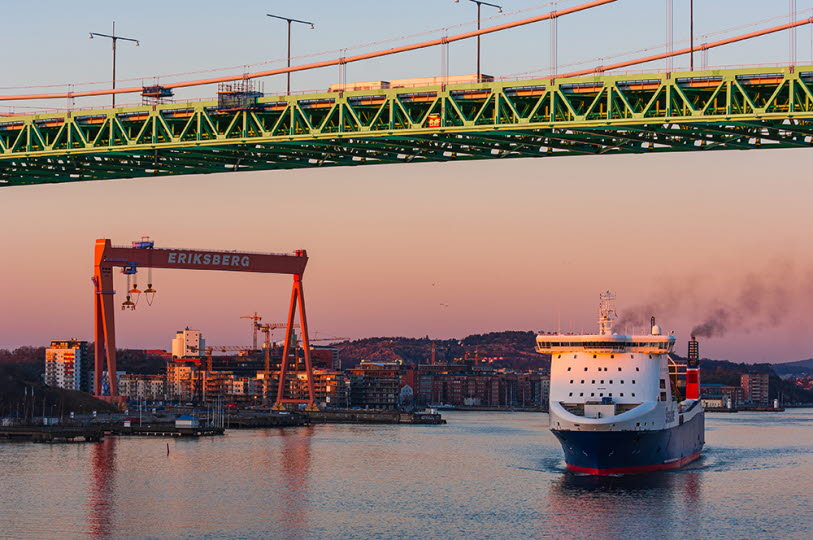VTI study the achieved freight modal shift in Sweden

Sweden’s national freight transport strategy has three objectives. One of them involves shifting goods from road to rail and shipping. The impact of this strategy was evaluated by the Swedish Transport Analysis Agency as part of a lengthy government project. VTI has contributed to the evaluation.
“Lower costs are a decisive factor when choosing freight transport by rail and shipping compared to road. This is evident from the interviews with representatives of shippers, transport companies, ports and terminals,” says senior analyst Inge Vierth, who together with researcher Lisa Björk has produced the study which includes a literature review and in-depth interviews.
The policy instruments that have facilitated the transfer from road to rail or shipping are, for example, public procurement and the deregulation of the rail freight transport market. According to the interviews, national and local charges make it in some cases more difficult to shift from road to shipping.
It is not possible to identify individual mode shifts in the aggregated annual statistics. The statistics does for example not show which changes have taken place for which transport distances. Modal transfers can be “hidden” when for example, transfers from and to road cancel out each other.
The researchers identify potential drivers and success factors for accomplished transfers from road to rail and shipping, but they also stress that the cases described are neither generalizable nor representative.
A relatively safe conclusion is that there have been more shifts from road to rail than from road to shipping. Examples for accomplished modal shifts are the shuttle trains to and from the port of Gothenburg, the COOP train between southern Sweden and the Greater Stockholm region and the steel shuttle train between Luleå and Borlänge. Another successful example is the shift from road to rail for timber transports that followed the storm Gudrun, which VTI has studied in a recently published report. See VTI-report 1072 (in Swedish).
Long-distance transports of bulky goods, such as modular houses, can be conducted more cost-effective by sea than by road. During the construction of ‘Förbifart Stockholm’ (the Stockholm bypass), the Swedish Transport Administration demanded in its procurement that rock crushers should be transported on inland waterways. The Stockholm Region set the similar requirements when planning construction of the tube line via Blasieholmen in the city centre.
Subsidies called Eco-bonus are also provided to improve existing or to start new waterborne transports. Four such applications were granted in 2021, two of them were started. One of them, Rederi Gotland’s transports from Nynäshamn to Rostock, pauses the service in 2023. This is mainly due to too low demand for freight transport and high fuel costs. The number of passengers, on the other hand, exceeded the forecasts.
According to the researchers, the shift of goods from road to rail and shipping is one of several means to achieve the Swedish transport policy objectives of reducing the climate impact and air pollution, increasing traffic safety etc. From a socio-economic perspective, the relevant parameter is to follow up the socio-economic costs per transported tonne, tonne-kilometre or vehicle-kilometre rather than looking at the number of tonnes or tonne-kilometres that are transported by water or rail instead of by road.
Text: Gunilla Rech
Translated by: CBG Konsult & Information AB
Contact
-
Inge Vierth
Senior Analyst
inge.vierth@vti.se
